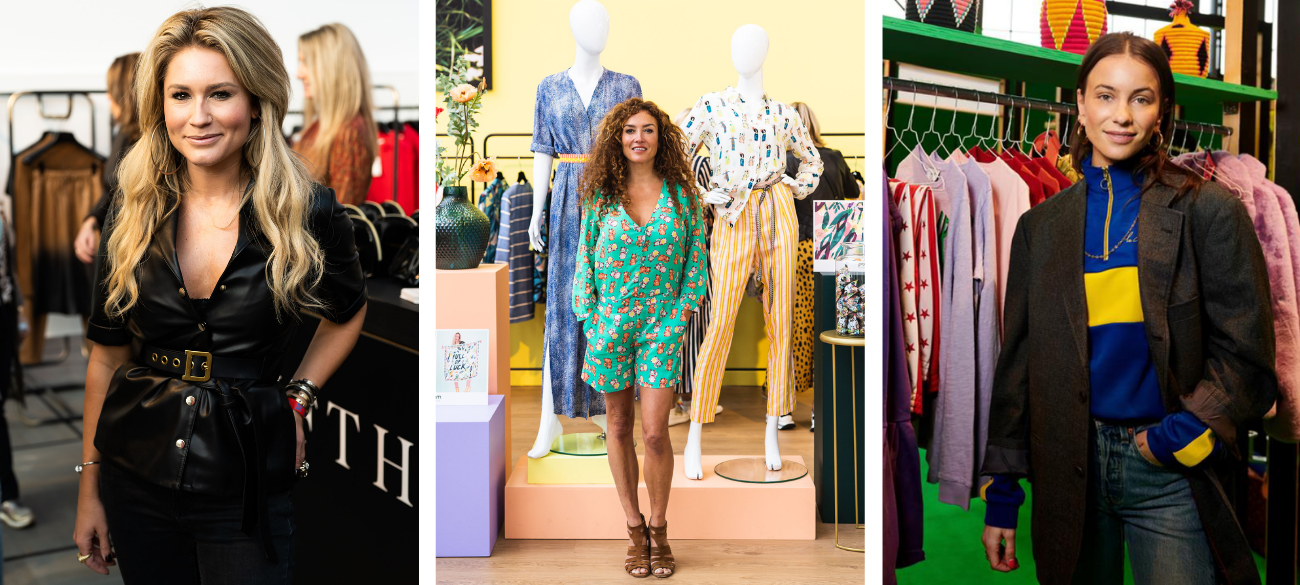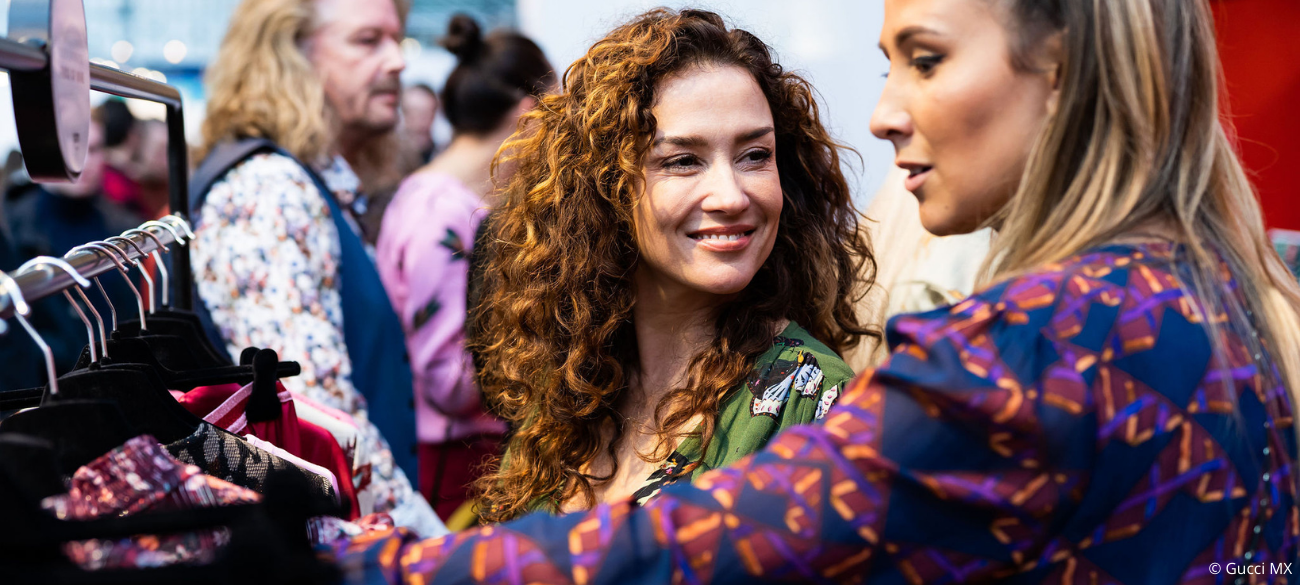Brand ambassadors and influencers: what’s their true value for your brand?
The influencer market has been booming for years, but new partnerships between content creators, celebrities and fashion brands are still shooting up like mushrooms. What is the true impact of a brand ambassador on your brand? Modefabriek got digging.
Brand ambassadors
Nowadays, it’s almost impossible to imagine a world without social media influencers – the influencer industry is expected to turnover 5 to 10 billion dollars in 2022. Fashion brands are increasingly turning to stylish figures as brand ambassadors, in order to capitalise on their impressive reach. Brand ambassadorship is nothing new; before influencers assumed their role in our media as we know it today, it was all about celebrity endorsement. This approach is also still used, and now overlaps with the aforementioned form of ambassadorship. An example from 2018 – that raised eyebrows at the time – was when tennis legend Roger Federer ‘defected’ from Nike to UNIQLO. Since then, ambassadors are no longer as brand loyal as before, and it’s hard to keep up with the major ‘defections’.
Added value
Recent research revealed that, for several markets, brand ambassadors represent direct added value for the brand image, and indirect added value for purchase intention. Other research shows that using brand ambassadors on social media not only improves a brand’s image, but also boosts brand awareness and results in the brand being top of mind with potential buyers who are planning to make a purchase in the category in question.

Storytelling
These findings support the power of word-of-mouth advertisement, the branch of marketing to which influencer endorsements belong. In line with this, Business of Fashion indicates that simply recommending products no longer cuts it. Brands – and customers – are after storytelling. For a recent example, let’s turn to the various ambassadors that Filippa K used in their Black Friday campaign. One of these ambassadors was Stephanie Broek, the Dutch sustainable fashion influencer, who emphasised the value of timeless items, to purchase without discount and as an investment. The same applies to Björn Borg and Hestra Gloves, who use a diverse group of athletes as ambassadors. Cashmere label NOT SHY goes even further; instead of models, they use Pernille Teisbaek – a respected Danish fashion influencer – to visually front a significant number of their campaigns. If followers of these ambassadors take the time to read what they have to say about the brand, it’s more likely that the message will stick, thereby boosting brand awareness.
Extra impact
This ambassadorship is sometimes even taken a step further, as with Nikkie Plessen’s NIKKIE and NIK & NIK – two extraordinarily popular brands in the Netherlands. Fashion label NA-KD also has an array of ambassadors; friends of the brand – aka influencers – select and promote their favourite items. Noor de Groot, Lizzy van der Ligt and Fenna Brinkmann, to name but a few. These ambassadors not only wear items from the brands in question, they fully support the brand values, giving additional impact to their message.
Traditional word-of-mouth advertisement didn’t rely on pushing one particular product, and the same goes for ambassadorship. It’s about a story that is told with enthusiasm and conviction. We are essentially all influencers within our own circles. Only these circles are larger for some than for others, and that’s why influencer marketing holds such strong appeal.
Written by Emma Vloeimans.
Share article
